Would you mind if Android flagships were thicker, but housed larger camera sensors?

Nokia's Lumia 1020 might be thicker than any Android flagship, but it sports one big advantage, and it's the big camera sensor. We don't mean big as in large resolution, though it certainly has that, too, but literally larger in physical dimensions. Theoretically, all other things being equal, a larger sensor can soak in more light, and produce better images.
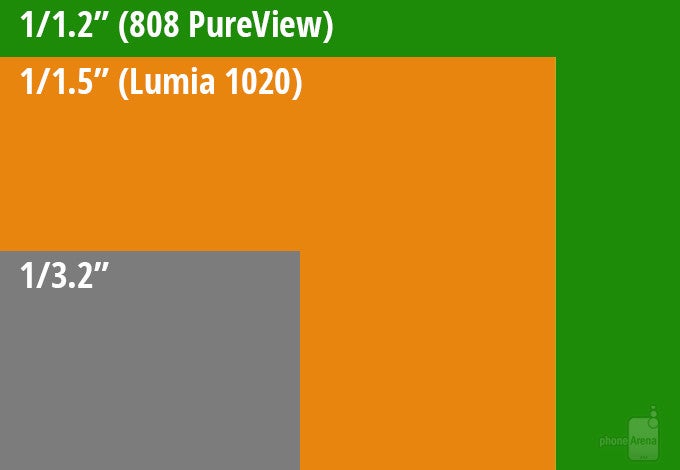
Lumia 1020 camera sensor size vs the average phone sensor size
Compare it to the average smallish 1/3.2" piece in most Android smartphones, and you catch our drift. Sony bucked the trend with a 1/2.3" sensor for the 20 MP camera on the Z1 and Z2, and Samsung now follows with the 1/2.6" 16 MP unit in the Galaxy S5.
Long story short, the Android world is trailing behind what Nokia can offer in camera prowess, especially with the Lumia 1020 sensor size, and its superior optical image stabilization mechanism. However, Nokia's finest has a chubby physique, and a huge protruding circle on the back, which the Android world, that recently went down to 5.5mm thin phones, can only smile at, condescendingly.
Still, some argue that handsets are getting thinner for the sake of it, to the point of being uncomfortable to pick up and handle. That's why we wanted to ask you, if you'd accept Android flagships that are a few millimeters thicker, or have protruding camera lens on the back, but fit larger camera sensors. Alternatively, you might think that with their latest 16 MP and 20 MP cameras, Android flagships perform well enough in the photography department, while still keeping it fashionable. Check what your heart tells you in the poll widget below, and tell us your arguments in the comment section.
Follow us on Google News



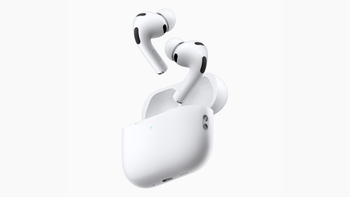
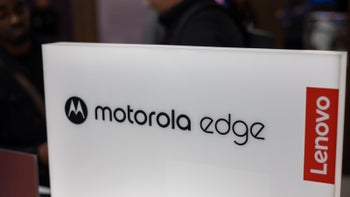

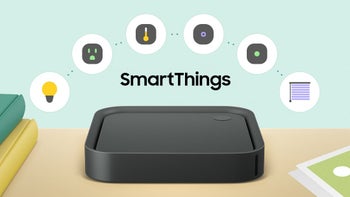
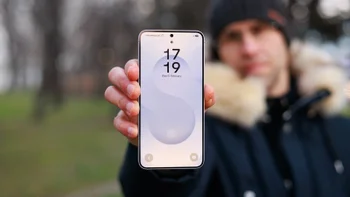
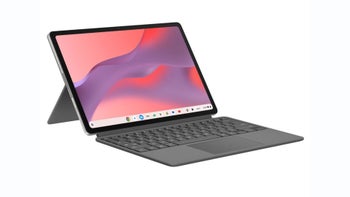



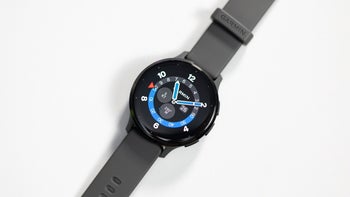
Things that are NOT allowed:
To help keep our community safe and free from spam, we apply temporary limits to newly created accounts: